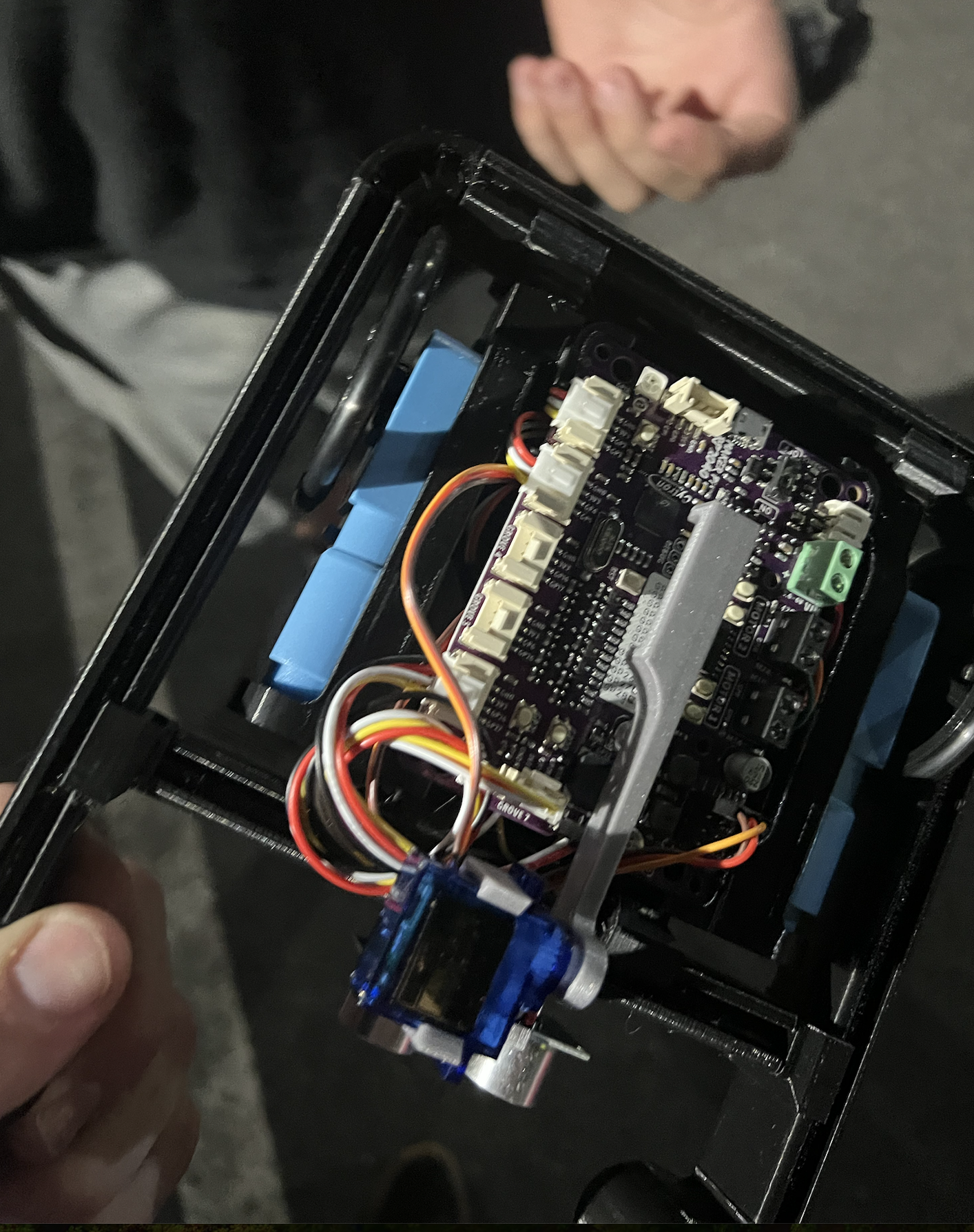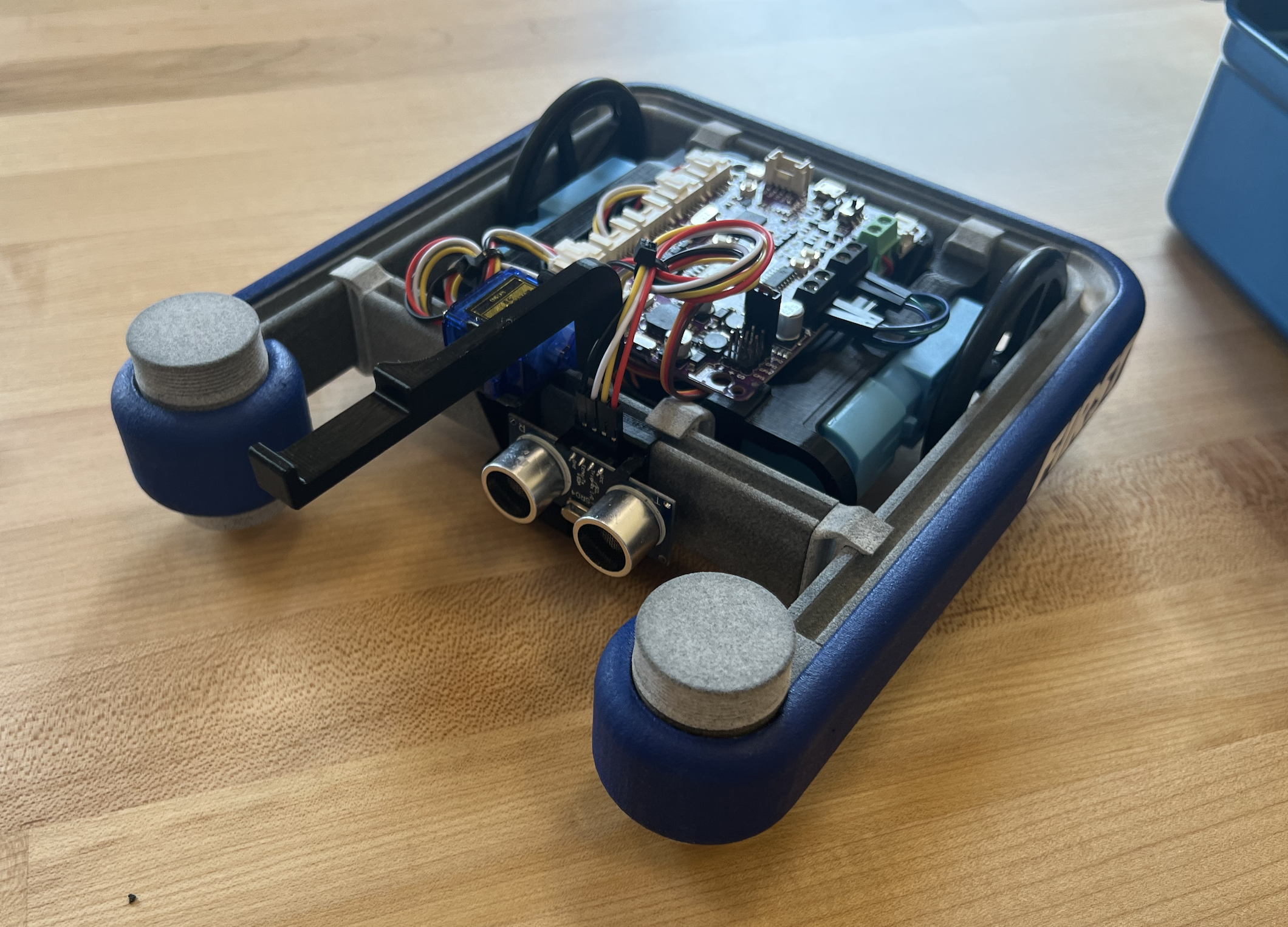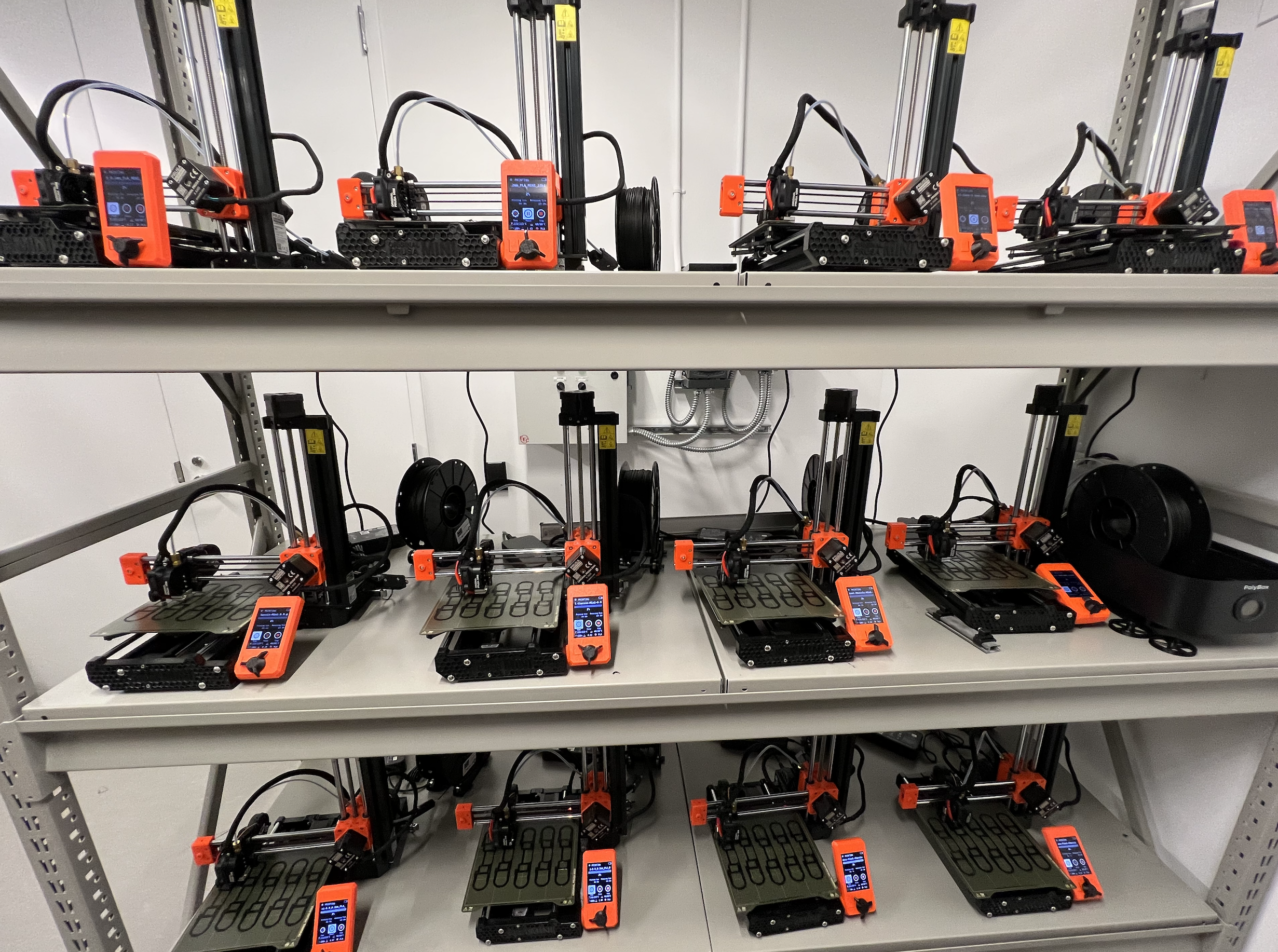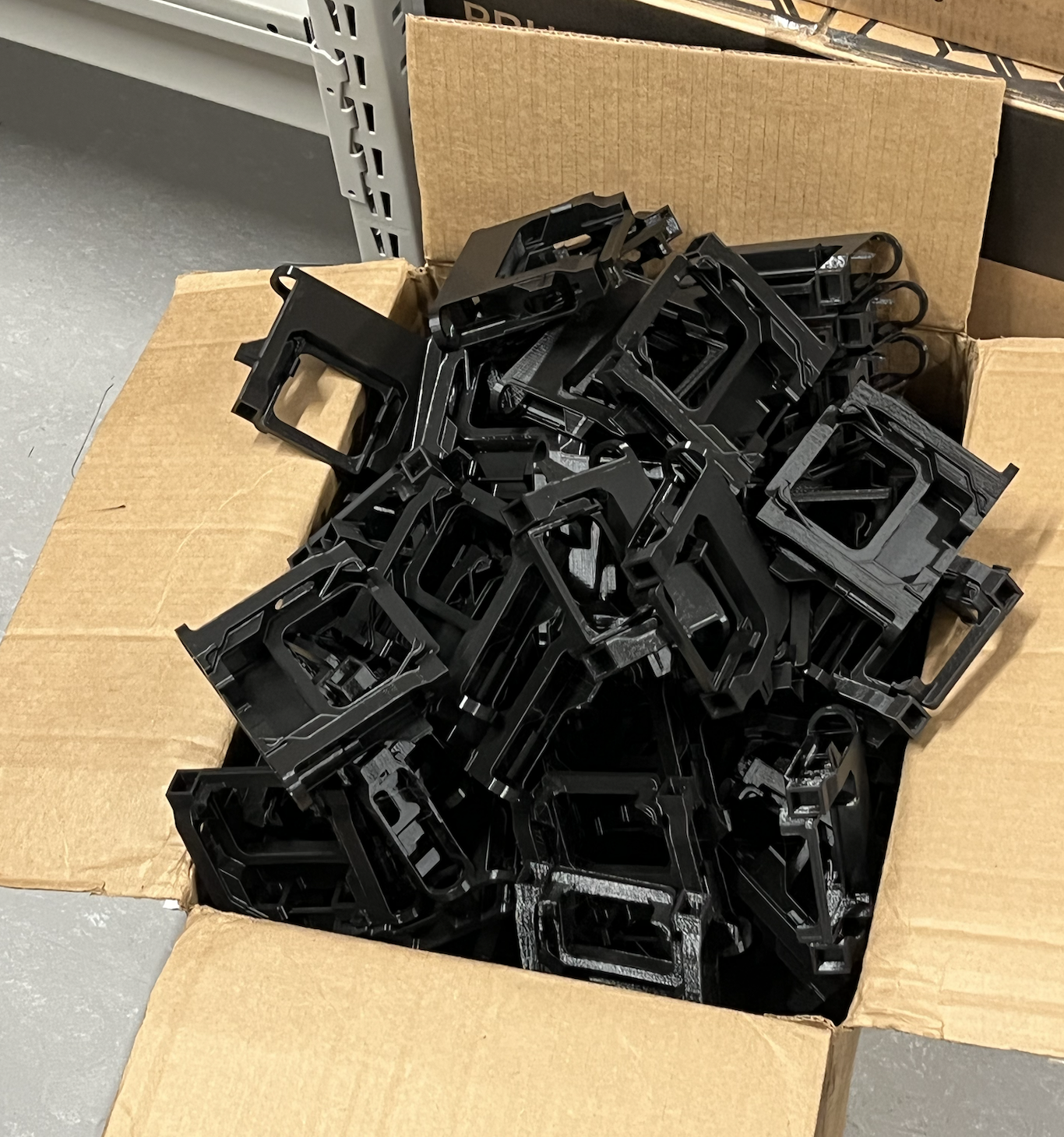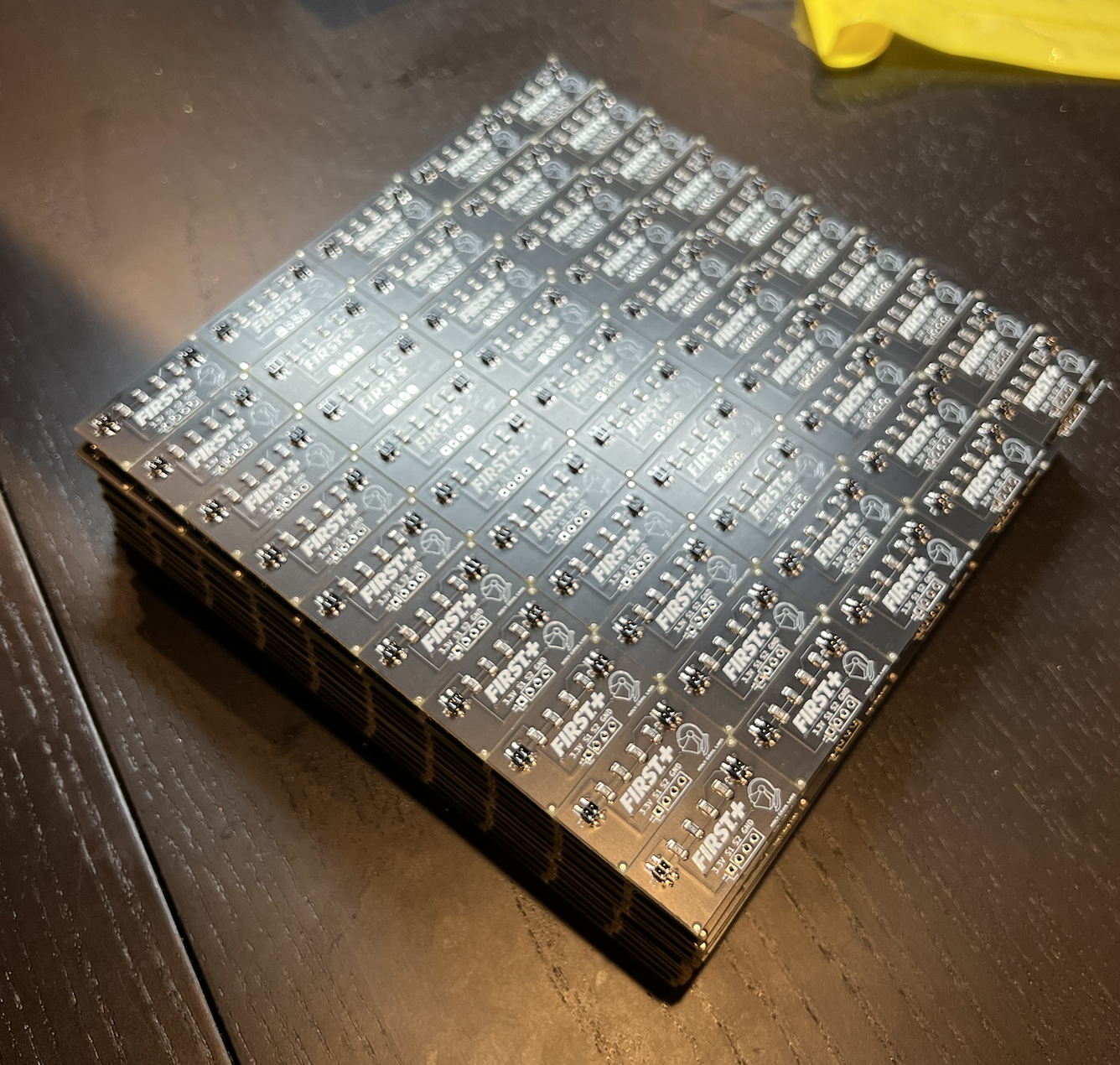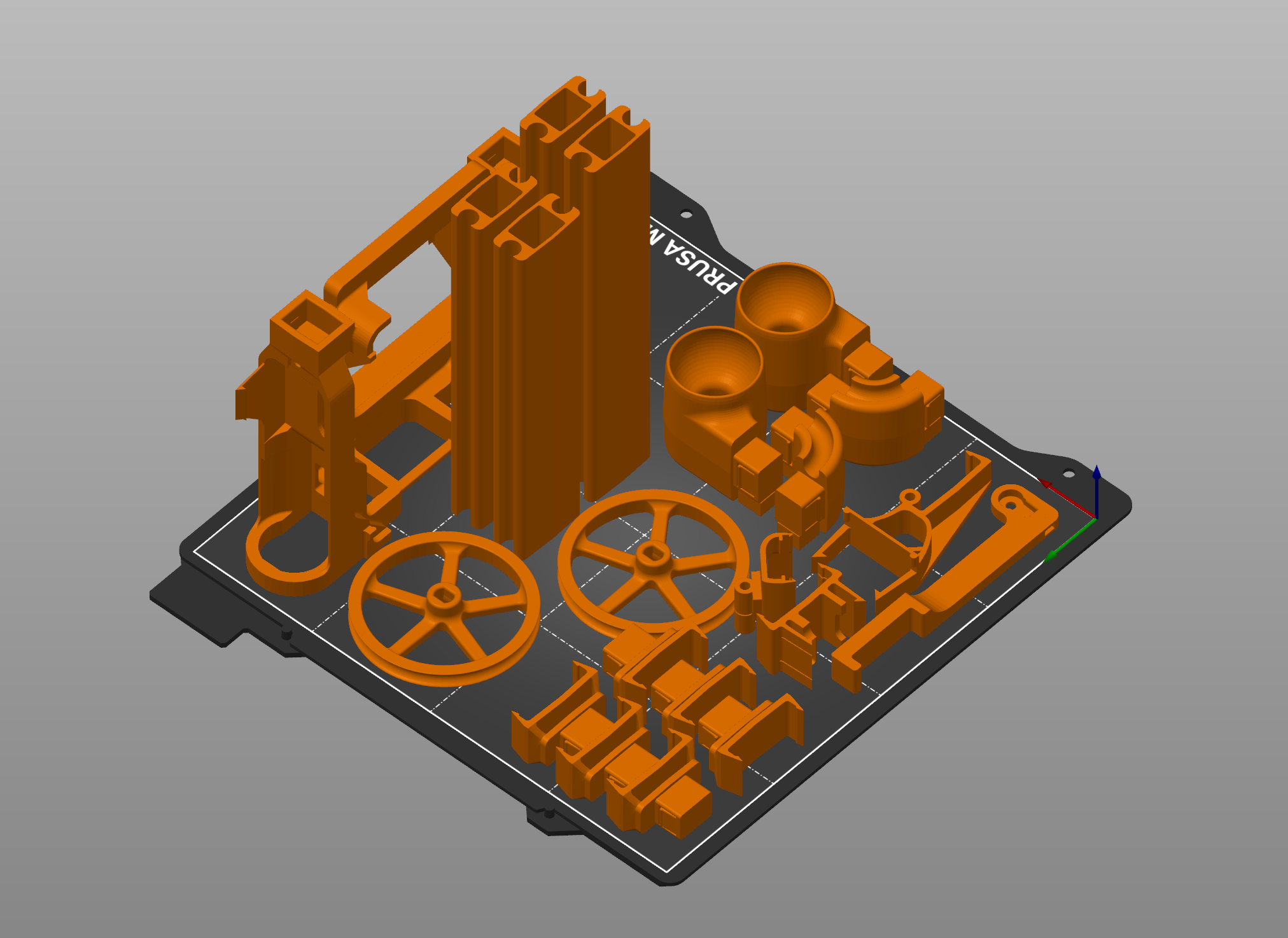XRP
I worked as a undergraduate lab assistant during college. I was always frustrated by the cost of some of the equipment that students had to buy for their robotics classes and dislike how little it corresponded to the quality of the kit they got. I was speaking to a professor about this and ended up being connected with DEKA and people who had exactly the same frustration, but they were thinking much larger. Now that project is the Experiential Robotics Platform.
Highlights
Making 300 robots on a short timeline with help of WPI’s 3D printer farms, some very charitable professors and staff for a global conference in Switzerland.
Partnering with such amazing organizations as Sparkfun who help us sell kits at cost to education.
Our IDE for python and block programming is web based and requires no software to be downloaded onto your computer.
XRPs were given to every school statewide in New Hampshire.
Injection Molding & Extrusion
We initially planned to use injection molding with automotive-grade ABS plastic and aluminum extrusion for the beta kits to give them a premium feel. The ultimate goal was to switch to plastic extrusion for full-scale production. Starting with a concept provided by an industrial designer, I got to work.
One of the biggest challenges I faced was making the robot stiff enough while keeping it easy to assemble. I used SolidWorks to create detailed models of each component and an open-source FEA tool to validate stiffness. It was a balancing act—ensuring the robot was robust but still user-friendly for students to put together.
To get a real-world feel for the parts and identify any potential failure points, I scaled the sizes of features and did test prints using MJF Nylon. Standardizing the thickness across all parts was crucial for consistency and manufacturing efficiency. I also designed the components so they could all be made in a two-part mold with no side actions, which simplifies the injection molding process. Plus, I figured out a way to leave the runners attached to keep the parts together, making the kitting process easier.
However, when we looked at the numbers, we realized that the cost of molding the parts at the projected unit volumes wasn't feasible within the United States—a key requirement for us. So, we made the decision to complete the beta using 3D printing instead.
Throughout the design process, I learned a lot about injection molding under the guidance of the excellent plastics engineers at DEKA. Even though we had to pivot from our original manufacturing plan, the experience was incredibly valuable. It not only enhanced my engineering skills but also contributed to creating an educational tool that can inspire the next generation of engineers.
